Descripción
Introduction of Edible Mushroom Hydrolase
Industry status quo of mushroom
- China has abundant edible mushroom resources and is also one of the earliest countries to cultivate edible mushrooms. In 2009, the total production of edible mushrooms in China reached 20 million tons, accounting for 80% of the world. Edible mushrooms are highly favored by people for their unique fresh aroma. They contain various amino acids, proteins, and other flavor substances, but most of their proteins and amino acids are present in cells and difficult to extract.
- Through enzymatic hydrolysis technology, the cell wall is destroyed to release substances inside the cell. The protein is hydrolyzed into amino acids. Through post-processing techniques such as Maillard reaction, it is made into mushroom soy sauce, mushroom chicken essence, and other seasonings with the unique fresh aroma of edible mushrooms, which are essential spare parts for various households and hotels.
- In recent years, China’s food additives industry has experienced rapid development, with a total output of over 10 million tons. The industry’s annual growth rate in the past five years has reached about 20%, becoming a new economic growth point in the food industry.
Problems in production
The traditional method of extracting edible mushrooms is to boil them in high temperature water or hydrolyze them with strong acid or alkali. However, the hydrolysis effect is poor, the yield is low, the flavor is not good tastes, there is bitterness, and the energy consumption is high. Due to the corrosive effects of strong acids and alkalis on production equipment, environmental pollution and poor product quality. The widespread application of traditional mushrooom flavor product is greatly limited.
Application of Edible Mushroom Hydrolase in Production
With the application and development of bioengineering, the quality of products can be greatly improved. Through enzymatic hydrolysis technology,the edible mushroom hydrolase has the advantages of natural non toxicity, mild production conditions, and low cost. Currently, it has become the mainstream production method for various manufacturers.
The edible mushroom hydrolytic enzyme produced by Yohopharm is a specialized composite enzyme preparation for the hydrolysis of edible mushrooms. Based on the cell structure characteristics of edible mushrooms, the enzyme breaks down their cell wall structure to release proteins, amino acids, and other substances inside the cells. Then, the protein is hydrolyzed into amino acids by protease, which can be widely used in various fields such as seasoning, medicine, and health care.
Advantages of Edible Mushroom Hydrolase
1. High hydrolysis yield.
2. Rich aroma with no bitter taste.
3. Mild hydrolysis conditions and low energy consumption.
Process of Edible Mushroom Hydrolase
Commercial edible mushrooms ->Grinding ->Mixing concentration ->Enzyme addition ->Hydrolysis ->Enzyme inactivation ->Filtering ->Extraction
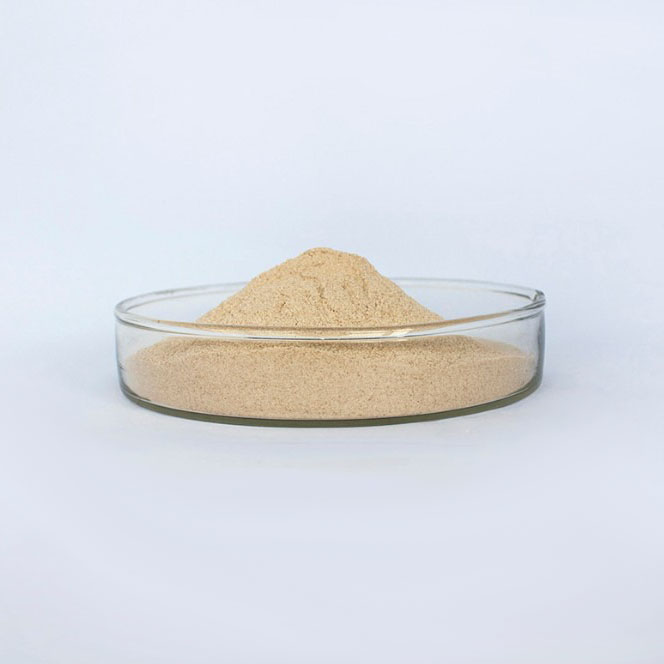
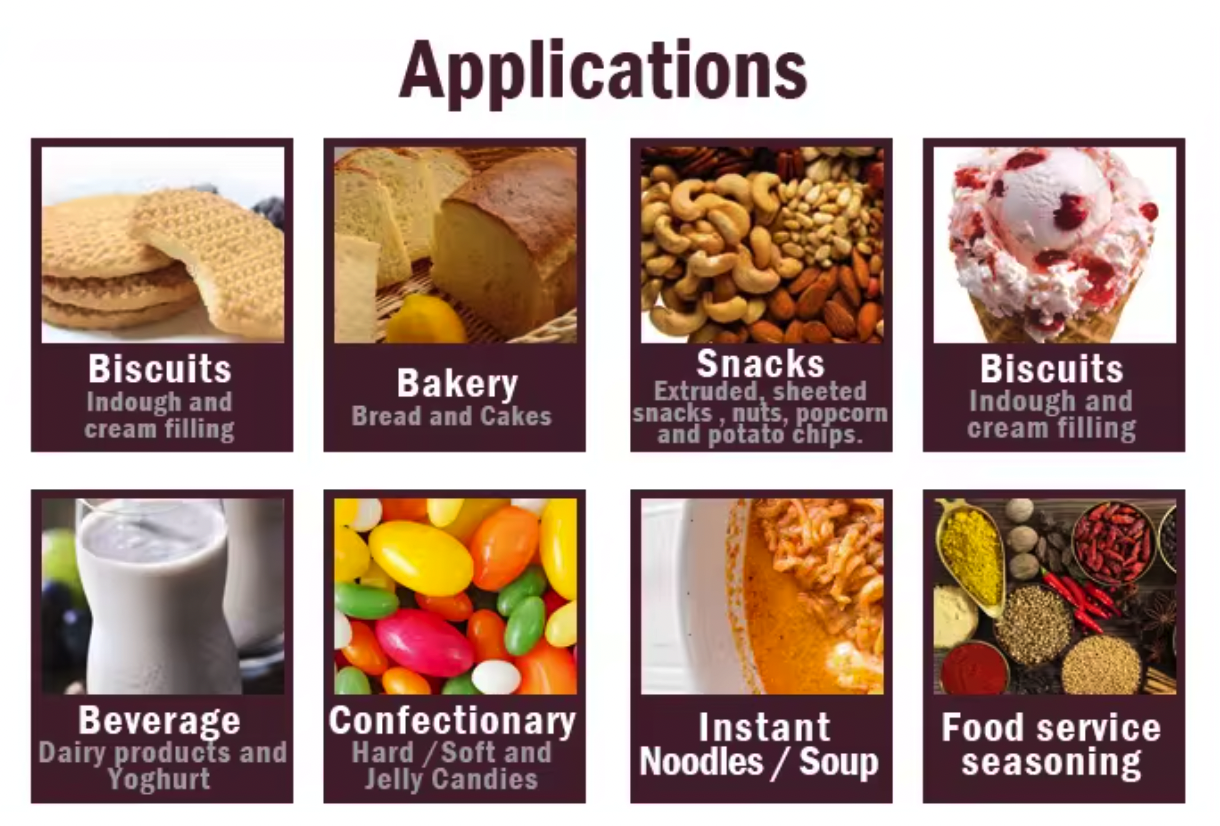
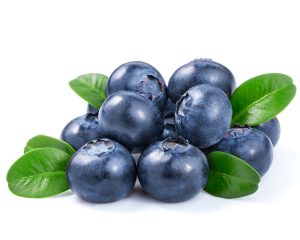
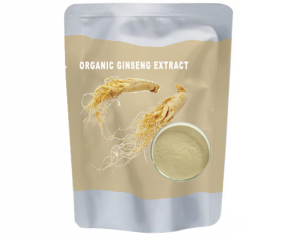
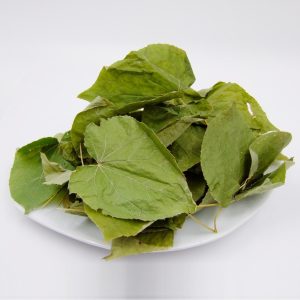
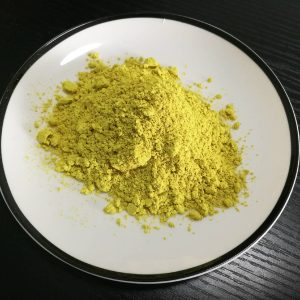

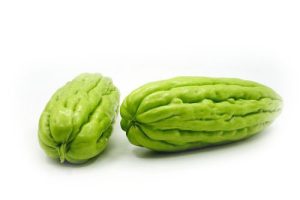
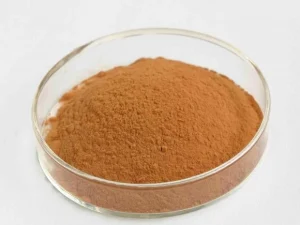
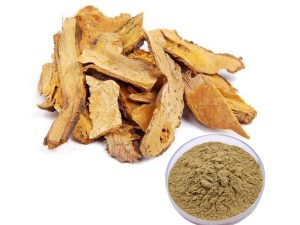
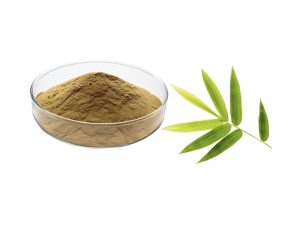
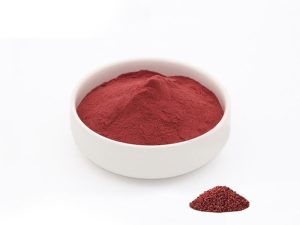

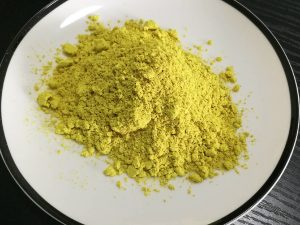
Valoraciones
No hay valoraciones aún.